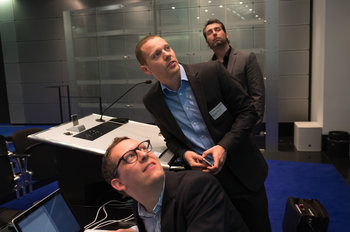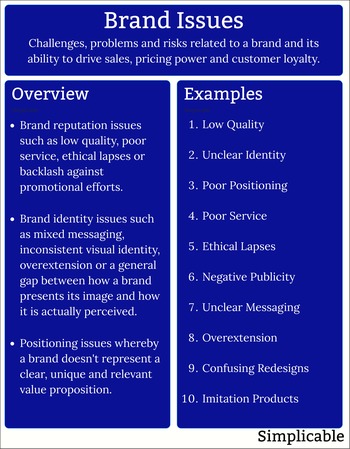|
| |
Default alive is a startup company that is on track to make it to profitability with its current resources. In other words, revenues will cover expenses before cash runs out. The term can also be applied to a program or project that is currently within its schedule and budget.Default dead is a startup company that doesn't have enough cash to reach profitability. Applied to a project, the term suggests that a project is behind schedule, over-budget or both.The distinction between default alive and default dead is a consideration in strategy. Default alive initiatives are looking for opportunities to do more. A startup headed to profitability might add new features to its product. An on-track project might be focused on preparing for a smooth launch.Default dead initiatives may need a new strategy. For example, they might simplify their approach or strip features from a product. Alternatively, if they show great progress they may be able to continue with their strategy by securing additional funds and time.|
| Default Alive | Default Dead | Definition | An initiative that has enough cash to complete its mission. | An initiative that has doesn't have enough cash to complete its mission. | Typical Strategy | Do morePrepare for launchSell company | Simplify approachCut featuresPitch for money |
NotesThe terms default dead and default alive were coined by Paul Graham, a well known venture capitalist and computer scientist. The terms were initially applied to startups but can also be used to describe projects and initiatives of change.
Change Management
This is the complete list of articles we have written about change management.
If you enjoyed this page, please consider bookmarking Simplicable.
A list of common project risks.
A list of basic project management techniques.
A definition of workaround with examples.
A list of project branding techniques.
An overview of project stakeholder management with examples.
A definition of action plan with examples.
The primary types of cost overrun.
The definition of document control with examples.
A guide to project oversight.
A definition of design driven development with examples.
A list of change management first principles.
An overview of organizational change fatigue.
The definition of resistance to change with examples.
A definition of restructuring with examples.
The common types of implementation.
A definition of internal stakeholder with examples.
A definition of change agent with examples.
A list of common change management metrics.
The definition of status quo with examples.
TrendingThe most popular articles on Simplicable in the past day.
Recent posts or updates on Simplicable.
Site Map
© 2010-2023 Simplicable. All Rights Reserved. Reproduction of materials found on this site, in any form, without explicit permission is prohibited.
View credits & copyrights or citation information for this page.
|






























